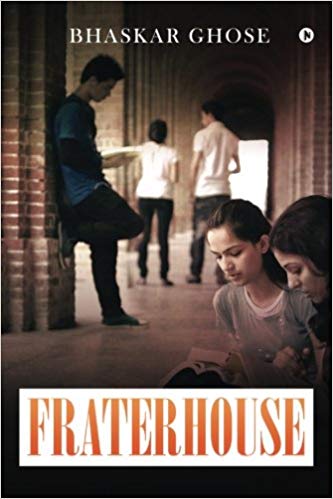This book by Bhaskar Ghose, a former civil servant is about a college founded in the 1880s by a group of scholars from a monastic order based in Oxford. This is his fifth book. Two of the previous ones, Doordarshan Days and The Service of the State were non-fiction. The other two, The Teller of Tales and Parricide were fiction, like this one.
Reviewing a work of fiction is a bit of a challenge. A work of non-fiction benefits, for instance, if the gist of the argument is discussed in the review. It does not really matter if the review is in support or not, as a discerning reader may well take an opposing stance from the perception of the reviewer and the consequent controversies help the sale. But in a book of fiction, say a mystery story, if it is revealed that it was the butler who did it, the author may stand deprived of a sale. It is an even bigger challenge to review a novel, where the protagonists are self immersed in English literature. A review must avoid sounding like that lyrical The Sound of Music score ‘how do you deal with a girl like Elisa’ and yet, as the book ended and the review started there swept into the mind’s eye, not the daffodil fields of yore but the remembrance of that earnest Bollywood producer, wanting to avoid providing collaterals for a loan on the plea that the movie would be a box office hit. The essence, he said, of success was the quality of the item numbers, the cast, catchy music scores and the locale…and perhaps…but yes, of course, you cannot have a movie without a story, a plot or a tale, or all three but preferably lightly wrapped so as to not distract the audience from the main issue of the cast, the music and the locale.

